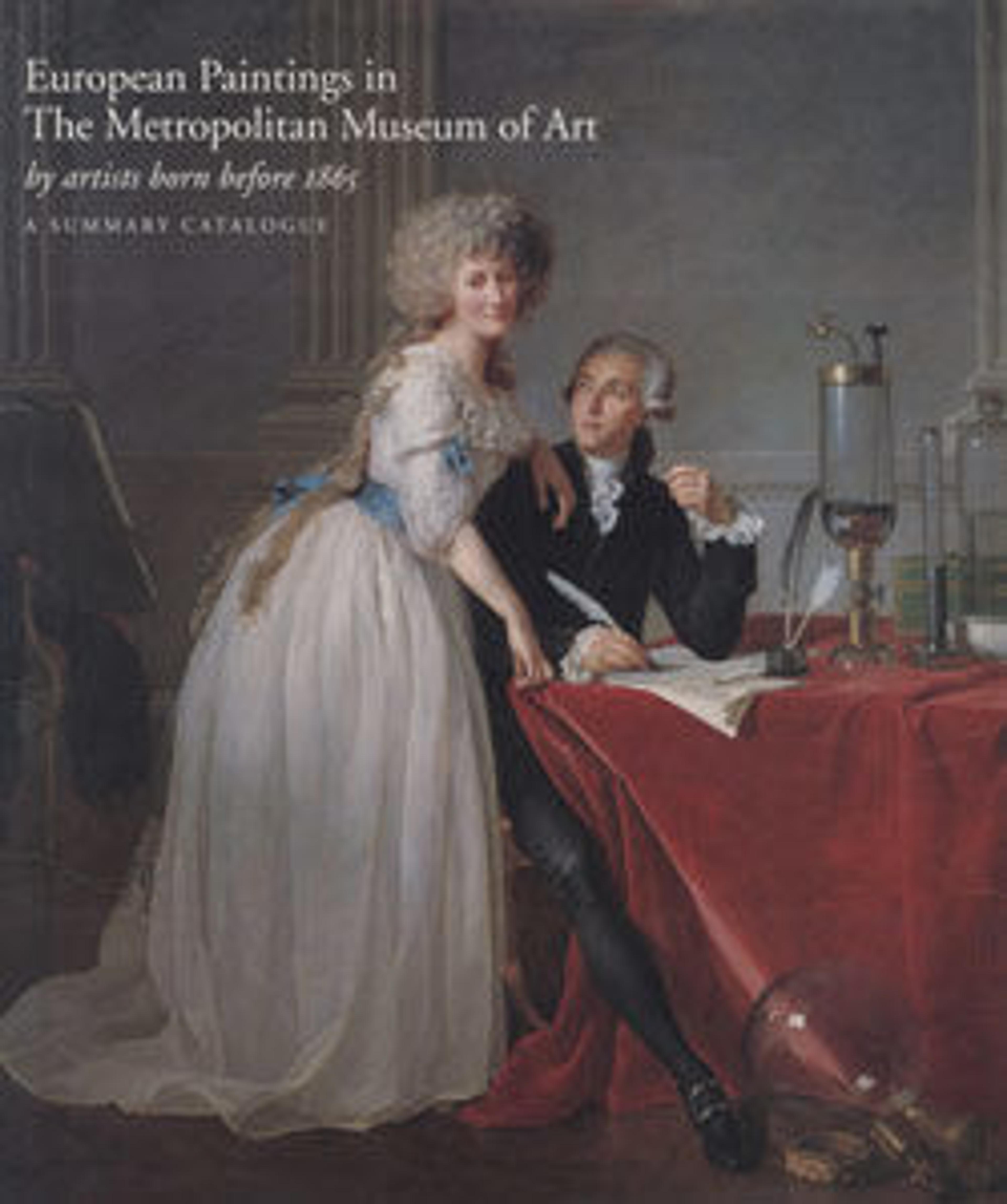Saint John on Patmos, Madonna and Child Enthroned, and Death of the Virgin; The Crucifixion
The left wing of this diptych shows Saint John the Evanglist on the island of Patmos, the Madonna and Child Enthroned with Saints Paul and Francis, and the Death of the Virgin. On the right wing is the Crucifixion, with Saint John the Baptist, the Virgin, Saint Mary Magdalen, Saint John the Evangelist, and a bishop saint.
Pacino was a leading illuminator in Florence, and the pale colors and elegantly patterned textiles in this diptych reflect that activity. This very fine diptych dates from about 1320–25. Although Pacino has clearly studied the work of Giotto, he was a more conservative artist and his figures never aspire to convey a quality of grave majesty.
Pacino was a leading illuminator in Florence, and the pale colors and elegantly patterned textiles in this diptych reflect that activity. This very fine diptych dates from about 1320–25. Although Pacino has clearly studied the work of Giotto, he was a more conservative artist and his figures never aspire to convey a quality of grave majesty.
Artwork Details
- Title: Saint John on Patmos, Madonna and Child Enthroned, and Death of the Virgin; The Crucifixion
- Artist: Pacino di Bonaguida (Italian, active Florence 1302–ca. 1340)
- Medium: Tempera on wood, gold ground
- Dimensions: Left wing 24 3/8 x 16 in. (61.9 x 40.6 cm); right wing 24 3/8 x 15 3/4 in. (61.9 x 40 cm)
- Classification: Paintings
- Credit Line: Gift of Irma N. Straus, 1964
- Object Number: 64.189.3ab
- Curatorial Department: European Paintings
More Artwork
Research Resources
The Met provides unparalleled resources for research and welcomes an international community of students and scholars. The Met's Open Access API is where creators and researchers can connect to the The Met collection. Open Access data and public domain images are available for unrestricted commercial and noncommercial use without permission or fee.
To request images under copyright and other restrictions, please use this Image Request form.
Feedback
We continue to research and examine historical and cultural context for objects in The Met collection. If you have comments or questions about this object record, please contact us using the form below. The Museum looks forward to receiving your comments.
